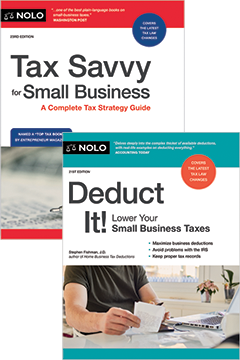PPMs are disclosure documents used by small businesses raising money through private securities transactions.
A private placement memorandum (PPM) is a legal document provided to prospective investors when selling stock or another security in a business. It is sometimes referred to as an offering memorandum or offering document. A PPM is used in "private" transactions when the securities are not registered under applicable federal or state law, but rather sold using one of the exemptions from registration. The PPM describes the company selling the securities, the terms of the offering, and the risks of the investment, amongst other things. The disclosures included in the PPM vary depending on which exemption from registration is being used, the target investors, and the complexity of the terms of the offering.
A Business Plan Versus a PPM
A business plan and a PPM serve different functions. A business plan is primarily a marketing document created to promote a company. It purposely contains forward-looking information. For example, the plan will outline market demand, customer profiles, growth opportunities, competitive landscape, revenue channels, and potential strategic partners. A PPM is primarily a disclosure document that is descriptive but not persuasive in its style and allows the investor to decide on the merits of the investment. The presentation of the PPM is more factual and concrete. It must address external and internal risks facing the company. A PPM may indirectly serve a marketing purpose if it is professional looking and thorough. A well drafted PPM will balance disclosure requirements with marketing elements designed to sell the deal.
What To Include in a PPM
All security transactions are subject to the anti-fraud provisions of the federal securities laws - meaning you cannot make false or misleading statements regarding the company, the securities offered, or the offering. The basic notion behind the PPM is to fully inform the prospective investor about all aspects of the business, management, prior financial performance, and future prospects, as well as the risks involved. Some business owners worry about filling up the document with too much "legalese." However, if the company is engaging with experienced investors they will be familiar with these disclosures and in many cases will expect it as a reflection of the professionalism of the business. Although applicable law may allow for different disclosure requirements based on a variety of factors, best practice for PPMs dictates certain information disclosures even if not required. Most PPMs are drafted in a similar format. Here is a summary of typical components found in a PPM.
Outline of a PPM
Introduction
The first pages outline the basic terms of the offering including a brief statement about the company, its core business, and all "legends" required by federal and state laws.
Summary of Offering Terms
This section is usually in the form of a term sheet and should include the capitalization of the company – both before and after the offering. Other terms that may be included are liquidation preferences, conversion rights, anti-dilution provisions, voting rights, and any other protective provisions for the investors.
Risk Factors
A PPM will include risk factors conceivable by the issuer that may impact the investor's investment, including general risks common to similar investments and those risks unique to the issuer and its securities. For example, risks may include the dependence on a strategic partnership, dependence on a small number of personnel, or risks from competition.
Description of the Company and the Management
This section gives the company's history and describes products and services, performance history, the industry, goals, competition, advertising and marketing strategy, suppliers, intellectual property, customer descriptions, and any other material information that would be relevant to the investor. Management information will include biographical information, special skills, and other background information.
Use of Proceeds
A company must describe how it will use the net proceeds raised in connection with the offering and the approximate amount intended to be used for each purpose. This allows the investor to know how the money they and others are investing will be used.
Description of Securities
This section describes the rights, restrictions, and class of securities being offered. It should also describe the ability of the company to change its capitalization such as different classes of shares and distribution of dividends.
Subscription Procedures
This section describes the instructions for investing in the offering.
Exhibits
Exhibits allow a company to provide supplemental information and documents that may be material to an investor's investment decision. The exhibits may include copies of investment contracts, financial statements, the organizational documents of the issuer, key contracts, licenses, and so on.



